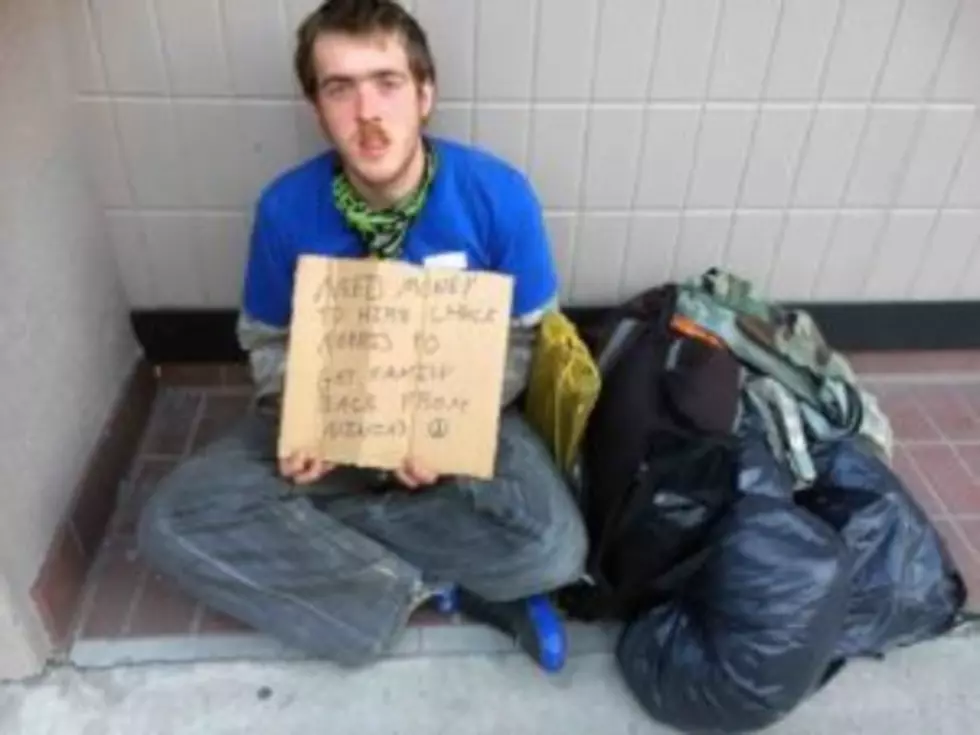
Homelessness down across Montana, but Missoula still struggles with problem
By Martin Kidston
The number of homeless individuals living in Montana fell nearly 21 percent this year over last, while the number of homeless veterans decreased 37 percent, according to a new report released by the Department of Housing and Urban Development.
Housing experts in Missoula believe the statewide figures, driven in part by new initiatives within the Department of Veterans Affairs, may also be reflected in Missoula, though the city continues to struggle with the highest homeless rate in the state.
“The numbers reflected what I thought I would see," said Eran Pehan, director of the city's newly formed office of Housing and Community Development. “We're seeing huge gains in addressing veteran homelessness.”
Fowler attributed the gains in veteran homelessness to several VA initiatives, including Support Services for Veteran Families and the VA Supportive Housing program, which is carried out in collaboration with HUD.
The programs provide vouchers that enable vets to bypass shelters for stable housing. Coupled with rental assistance, it gives veterans more time and stability to find permanent employment.
“It's an upfront investment, and while it requires more funds initially, we're seeing a greater return on the back end,” Pehan said. “Those of us serving those outside the veteran population, we're paying attention to those efforts and how we can mirror them in other areas.”
Compiled from a “point in time” survey conducted in January, the latest figures identified 1,418 homeless individuals across Montana, marking a 17 percent reduction from 2015 and a 12 percent reduction from 2010.
HUD estimates Montana experienced a 20.8 percent reduction among homeless families, a 37 percent drop in veteran homelessness, and a 19 percent decline in individuals experiencing chronic homelessness from 2010.
“What we're really focused on, as we see federal subsidies decrease year after year, is being more creative in tackling these issues through a public-private partnership,” Pehan said. “We don't have the same level of resources the VA has infused into these programs. We have to figure out how to do them on a grassroots level.”
Amy Thompson, executive director of the Poverello Center, said that while the number of homeless veterans has statistically declined, the number of vets who access the shelter has not, nor has the number of overnight stays provided by the shelter.
Last month, Thompson said the Poverello averaged 145 overnight stays. It's the same number as the year before. The numbers have ticked up this month due to the onset of cold weather.
“I feel veteran homelessness is definitely decreasing, but that's not to say we're still not full,” Thompson said. “Folks in general who are easy to house are able to access rapid rehousing, but an area we need to focus on are what we need to house our chronically homeless.”
The point in time survey found 395 homeless individuals in Missoula, followed by 302 in Billings and 236 in Great Falls. Helena, Kalispell and Butte rounded out the top six.
In Missoula, the vast majority of those counted as homeless slept in shelters and roughly 102 were listed as sheltered. In comparison, 210 of the homeless counted in Billings were unsheltered.
Experts attribute the disparity between the two cities' unsheltered homeless figures to Missoula's focus on resolving its homeless situation. Despite the city's efforts, however, Thompson said housing the chronically homeless remains a local challenge.
“Those are people who have more significant mental health and substance abuse issues, or may have legal issues as well,” she said. “Those make it difficult to house them on a permanent basis without appropriate resources. Missoula needs to start having that discussion.”
Contact reporter Martin Kidston at info@missoulacurrent.com
